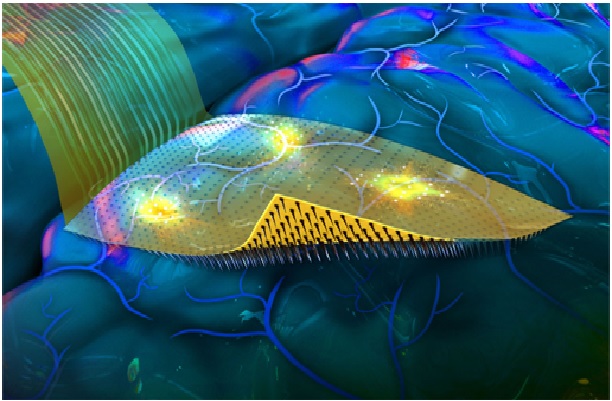Composable Applications
A composable application is a notion or idea that functional blocks of an application can be dissociated from the complete application or process. This means that new applications that are more competent can be created with better functionality and greater purpose.

Figure. 1. Composable Application
Composable applications make it easier to use and reuse code, accelerating the time to market for new software solutions and releasing enterprise value.
Future
As business needs change, organizations must be able to deliver innovation quickly and adapt applications dynamically — reassembling capabilities from inside and outside the enterprise. To do this, organizations must understand and implement the “composable enterprise.”
Benefits
- Speedy InnovationWith composable applications, there’s no going into the backend code to make changes, as the business logic can be configured within the API. When you add or alter existing code other bugs almost always crop up.
- Complexity SupportModular architecture can support complex business models that span markets and channels. Companies that are working to bring shopping solutions from a web browser to mobile apps, voice commerce (Amazon’s Alexa©), AR and VR, in-store digital and contactless transactions, will need this composable architecture.
- Custom SolutionsOrganizations can curate their own packaged business capabilities and microservices, meaning they can pick the best tools for their needs at any given moment. The flexibility also allows them to swap components in and out as needed
References:
- https://ashley-mangtani.medium.com/everything-you-need-to-know-about-composable-applications-49814806ee81
- https://www.gartner.com/en/information-technology/insights/top-technology-trends
- https://www.gartner.com/en/doc/465932-future-of-applications-delivering-the-composable-enterprise
- https://www.walkme.com/glossary/composable-enterprise/#benefits-of-composable-enterprise
Cite this article:
Sindhu.C (2022), Composable application, AnaTechMaz, pp. 92















